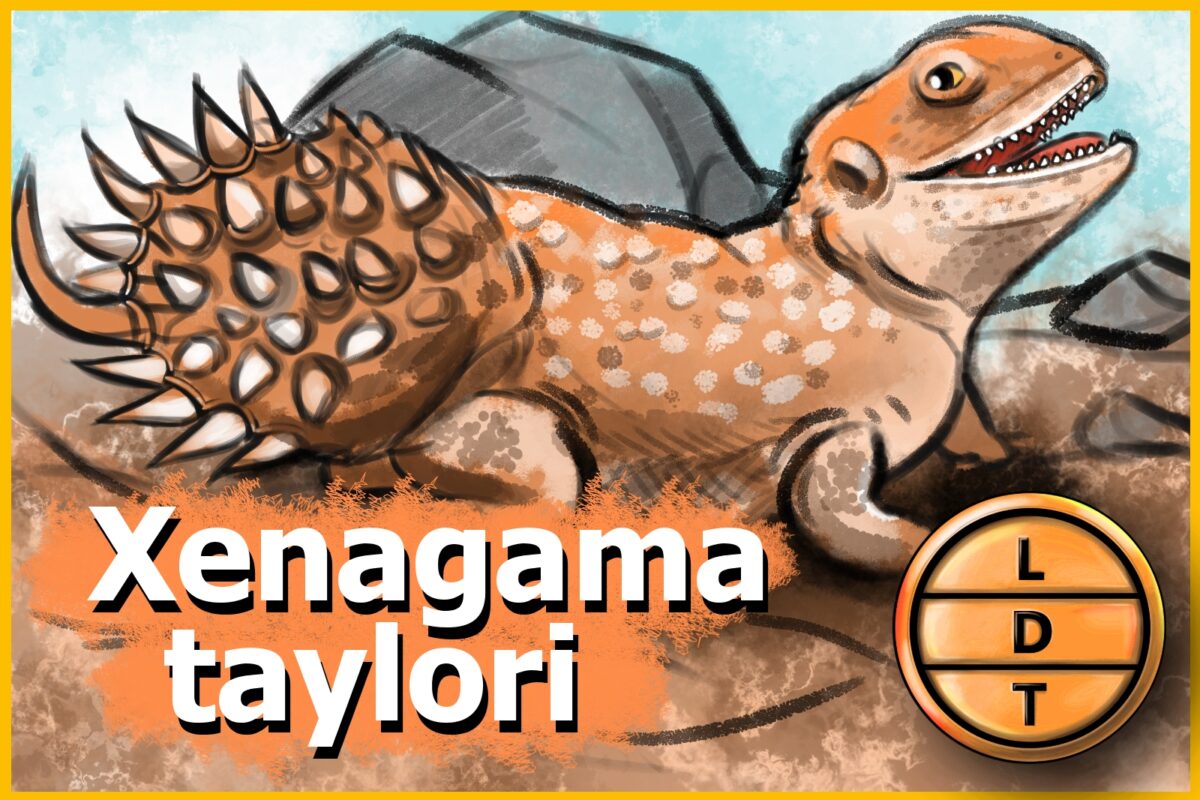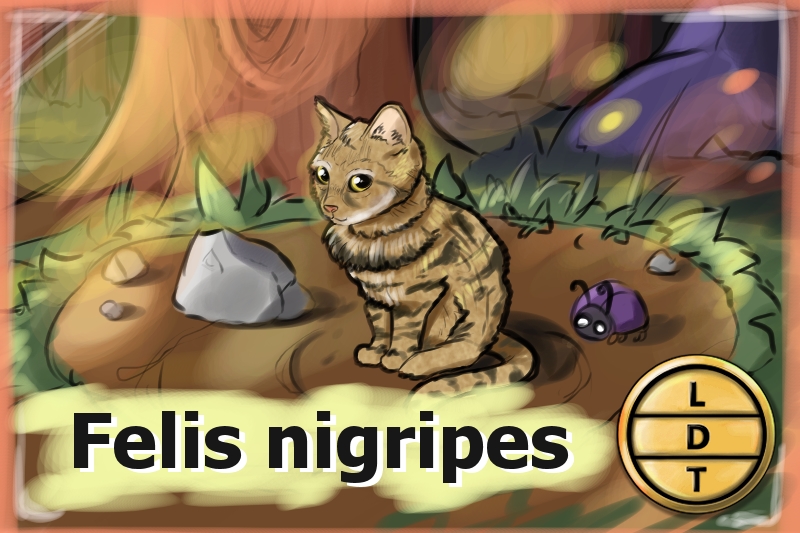“…and today we’re talking about the biggest and the strongest primate in the world.”
The largest primate in the world is also the strongest. In fact, the eastern lowland gorilla is among the strongest animals pound for pound. Their size and strength has led to their depiction as classic monsters that Superman and Godzilla need to contend with. But though they seem to be the ultimate primal savage, that may not be the most accurate picture of our jungle friends. With one look into their soulful, knowing eyes, you may think twice about their demeanor in real Life, Death, and Taxonomy.
Description of the Gorilla
- Basically your standard gorilla.
- Gorillas are large, humanoid beasts with large heads, broad shoulders, long arms, stubby legs, and tiny ears.
- They’re covered head to toe in black fur except for their faces, hands, and feet. Some variants have patches of reddish-brown fur.
- However, silverback males have a large patch of greyish fur on their backs and haunches.
- They have heavy brows, close-set eyes, and a jaw that protrudes out with wide, flat nostrils.
- Their feet have opposable thumbs as well as their hands, allowing them to grasp things just as easily with their feet.
Measure Up
Welcome to the beloved Measure Up segment. The official listener’s favorite part of the show! The part of the show when we present the animal’s size and dimension in relatable terms through a quiz that’s fun for the whole family. It’s also the part of the show that’s introduced by you when you send in audio of yourself saying, singing, or chittering the words Measure Up into ldtaxonomy at gmail dot com. We don’t have a new Measure Up intro this week.
A) Capuchin Monkey
B) European Green Toad
C) Galago (Bush baby)
D) Giant Salamander
Height
- Males can stand up to 5.5 feet (1.6 meters).
- How many gorillas go into the Democratic Republic of the Congo’s tallest building?
- Hint: The Nabema Tower is located in Brazzaville and it’s named after the country’s tallest mountain which stands at 3,346 feet. It makes Architectural Digest’s list of ugliest skyscrapers in the world, though I think it’s interesting looking.
- 63.2 gorillas. The tower is 347.7 feet (106 metres)
Weight
- Their stocky builds and heavy mass make eastern lowland gorillas the largest primates in the world at 460 lbs (210 kilograms).
- How many worker termites would a gorilla have to eat to eat its weight in termites?
- Hint: A termite queen can weigh 30 times the weight of a typical worker. Winged alate termites are also heavier than a worker.
- 233,333,333 termite workers. A worker termite weighs around 0.9 milligrams.
Fast Facts about the Gorilla
Range
A small patch of jungle in the Democratic Republic of the Congo in sub-Saharan Africa.
Diet
I bet you think they eat bananas don’t you? But they don’t! They’ll actually tear banana trees apart to get at the inside of the tree. Mostly they eat plants and fruit but they’ll also eat insects – as evidenced by the time Tarzan used Tantor’s trunk to blow all the termites out of their mounds for the gorillas to eat while Phil Collins sang about coming of age. They don’t really need to drink water because all their food is so saturated with water.
Behavior
Like other apes, gorillas are known to be incredibly smart – for animals. They often use tools like sticks and rocks to interact with the world around them. They can use sticks to gauge the depth of water before crossing. They also use rocks to crack open nuts. They can also learn sign language.
There’s just the best video of Robin Williams interacting with a gorilla named Koko and they got in what can only be described as the perfect tickle fight. She also took his glasses and put them on and stole his wallet.
There’s another video of her talking to Mr. Rogers and they burp in each other’s faces – but in a good way. They can live as long as 60 years in captivity.
Major Fact: Fight or Fright?
The strongest animals pound for pound are dung beetles, rhino beetles, leafcutter ants, and gorillas.
Gorillas are as much as 9 times as strong as a typical human being and they can lift around 10 times their own body weight. That’s the equivalent of the average human lifting a small car.
They routinely show feats of strength by lifting logs, ripping plants out of the ground, rolling stones with ease. Because of their bulky size, large canine teeth, and aggressive territorial displays, they’re often depicted as the ultimate primordial big bad savage. But that may not be the full picture.
So what is their immense strength for?
A Family Ape
Silverback gorillas are the biggest and strongest of all gorillas and they usually rise to the top of family groups. Black black males are younger and smaller and they form the rear guard of family groups, waiting in the back to make sure nothing is stalking the fam.
Silverbacks are actually gentle fathers, able to temper their strength to play with young gorillas. Like human toddlers, rough play helps them learn the appropriate applications of strength in social settings.
Unlike chimpanzees and some other apes that are true omnivores, gorillas are rarely meat eaters. Instead, they eat mostly vegetation, fruit, and insects. They have large canines and a bite force of 1,300 psi, which is about twice the bite force of a lion. In fact, it’s very similar to a hyena’s bite force. Despite this, it’s used to munch on tough plants rather than prey animals.
Careful Application of Strength
The closest they come to using their full strength is when they fight other rival males to protect the family group or for mating rights. When a male reaches silverback status, they’ll leave their family group to attract females of their own. If they have other males to compete with, it may come to blows.
However, with all that strength, fights between rival males often leave both injured or mortally wounded. They avoid other groups and are very slow to engage in conflict. But they are very territorial, but they’d rather solve conflict with territorial displays rather than a fight.
A recent study found that they have some very human-like territorial behaviors. They have nuanced territorial behaviors. Instead of having strict boundaries that they’ll defend to the death like chimpanzees, they have loose territories and shared spaces with other groups. The center of a families territory may be strictly defended but the outer areas may be shared with other groups.
Males will beat their chests, scream, bare their teeth, and use false charges to scare off rivals before engaging in violence. They may also use branches to shake at intruders to increase noise and threatening movements.
Even though they rarely have to use their full strength and have high vegetable diets, their immense strength comes from genetics. Mammals tend to be larger, not because of predators, but because of mating and competition. Since the spoils go to the strongest, males have grown to be big despite their gentle natures. Their size and strength displays alone may be enough to win a contest.
Ending: So chill out with your family, eat your leafy greens, and make sure you’re strong enough to pull the ears off a gungar like the gorilla here in LDT.





